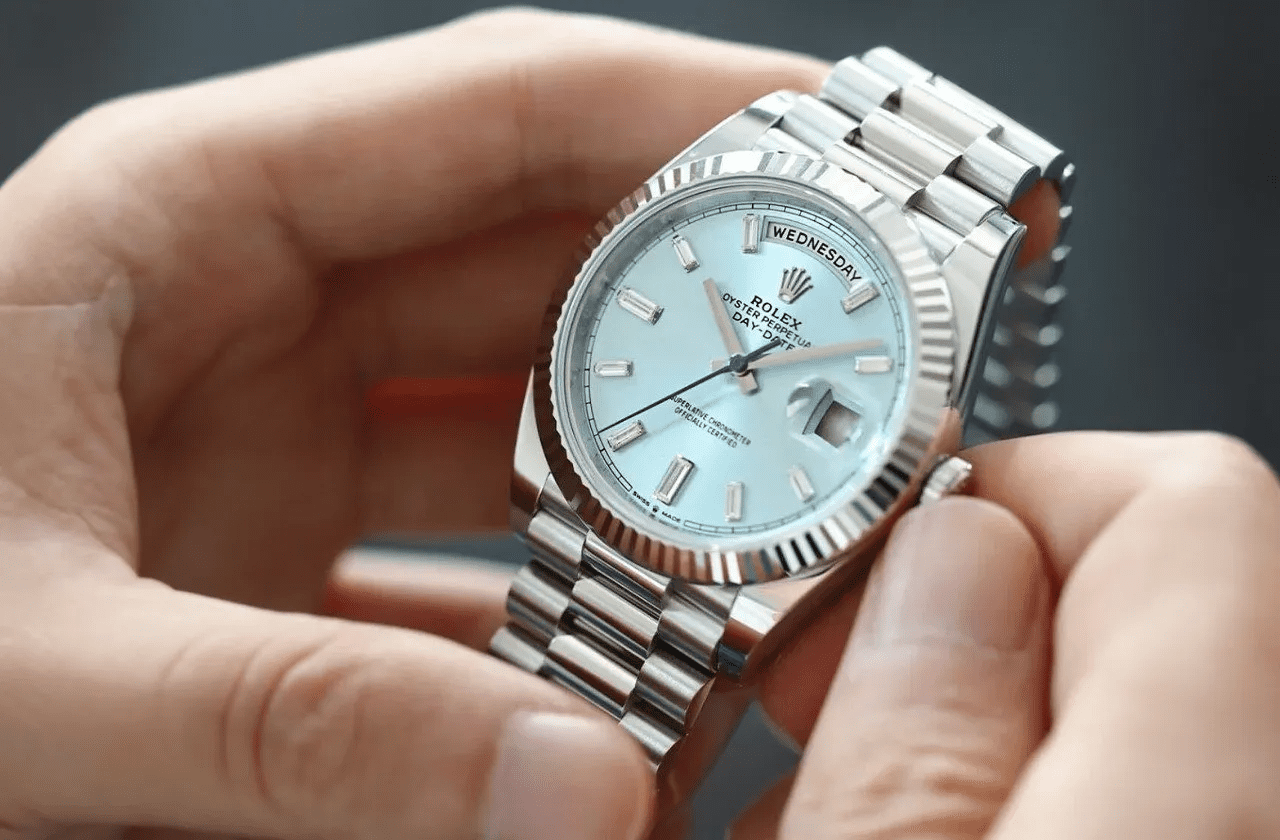Mechanical watches have been around for centuries, yet they still hold a special place in the hearts of true horologists. Regardless of the industry’s advances in technical innovations and the production of modern digital watches, smartwatches and quartz watches - mechanical timepieces are still as loved today as they were back in the 18th and 19th centuries.
One of the main reasons why mechanical watches are still a preferred choice today is the meticulous craftsmanship involved in the design of each intricate timepiece. Many are still handcrafted by skilled watchmakers and evoke a very classic look and feel on the wrist. These mechanical engines, with their gears and springs, will keep accuracy within a few seconds each day and have an innate charm that further adds to their character and individuality. To appreciate the beauty of a mechanical watch, one has to understand how to keep it sufficiently wound.
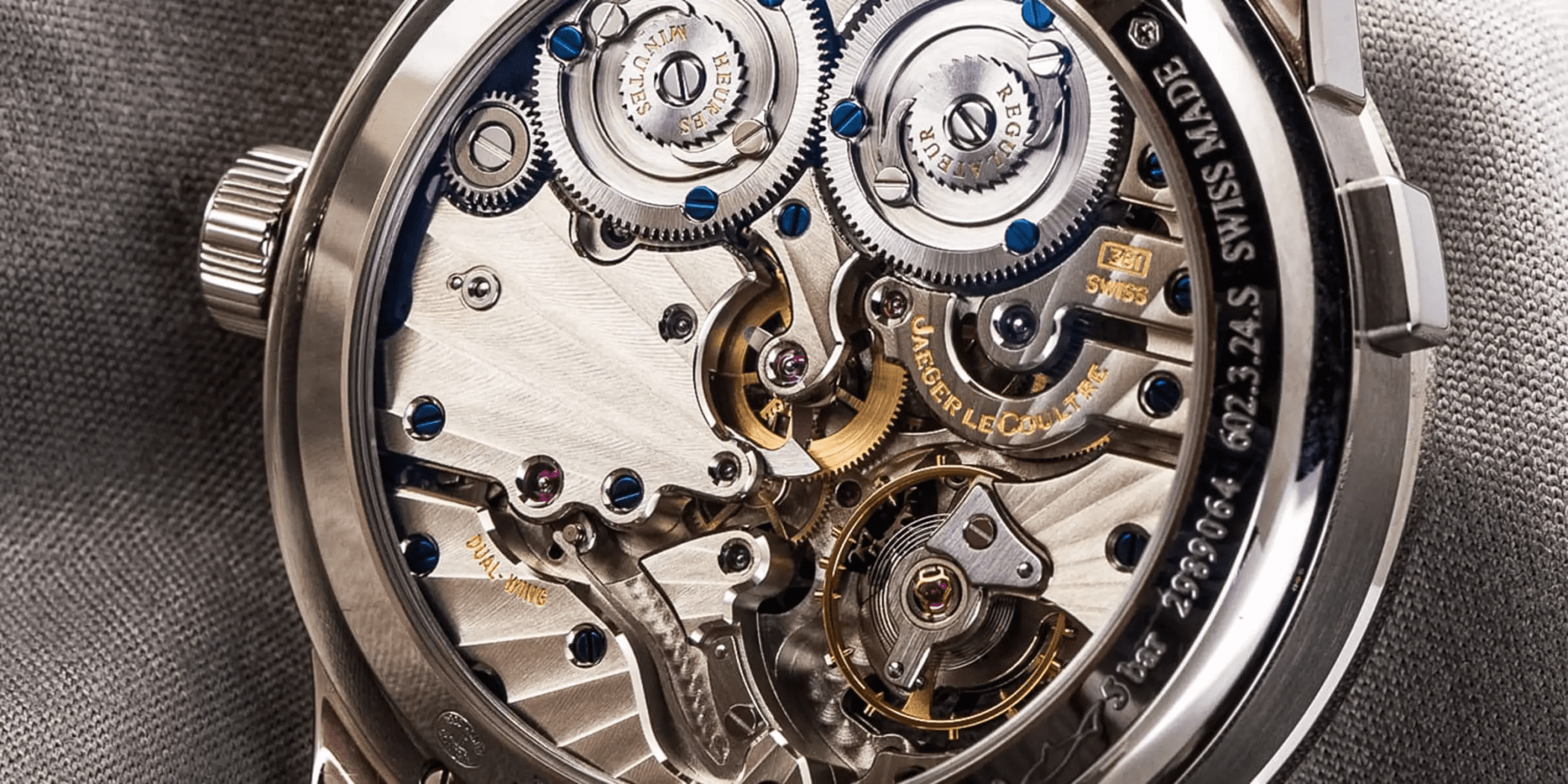
The Basics of Mechanical Watch Winding
If you’re new to collecting luxury watches, you may be unsure what the difference is between a mechanical automatic movement and a mechanical hand-wound movement. The mechanical manual-winding watch must be wound by its wearer regularly. This is usually done via the crown on the side of the watch in a singular direction, which winds the inner spring and powers the watch. Once the crown can wind no longer, the spring is fully wound and will begin unwinding to release power to the watch via another series of wheels and gears. These regulate energy release, keeping timekeeping flowing and consistent.
A mechanical automatic watch is built differently and comprises a rotor or oscillator. The component of the movement is powered by the natural motion of the wearer’s wrist. As the rotor swings with the natural movement, it winds the mainspring situated within the barrel. This power lasts for a set amount of time once fully wound and will continually wind itself without you really needing to think about it.
Step By Step Instructions
Now that you understand the difference between a mechanical hand-wound watch and an automatic watch, you can choose which timepiece best suits your needs. For the purpose of this article, we’re going to focus on manual winding watches. To help provide you with a little inspiration, we’ll list some of our favourite and most popular hand-wound watches here at Watches World. First, however, a step-by-step guide on how to wind one:
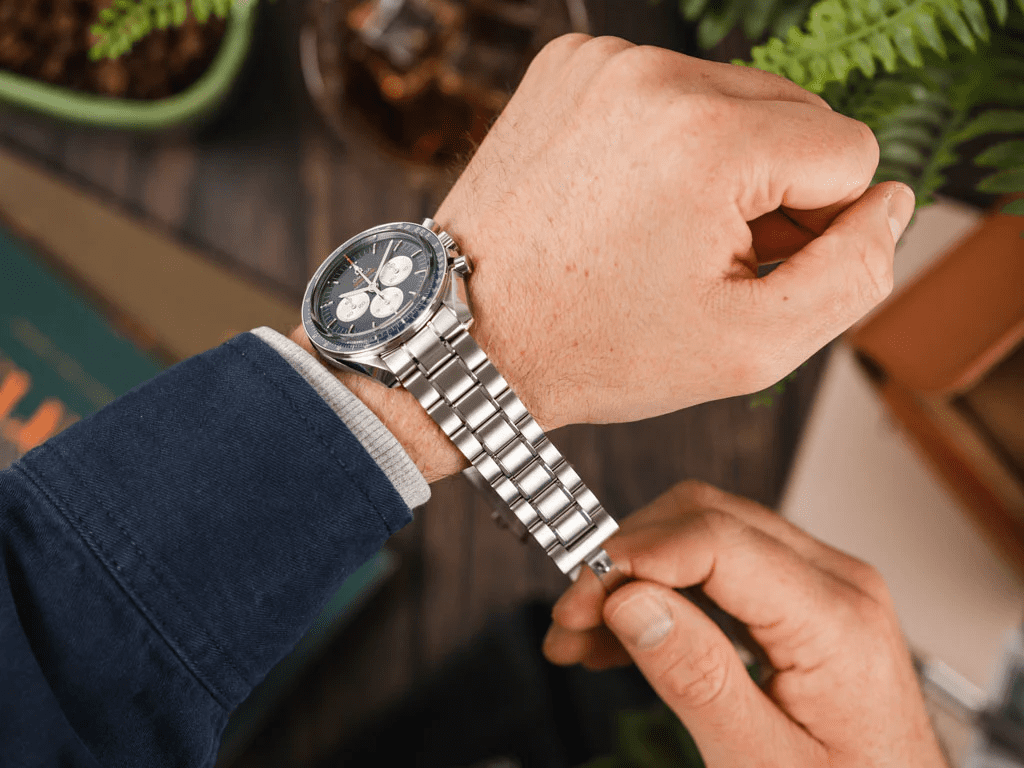
STEP 1: REMOVE THE WATCH FROM YOUR WRIST
To begin winding a manual-winding watch, you’ll need to take it off your wrist. The reason for this is that if you wind it whilst still on the wrist, you run the risk of applying lateral pressure to the stem. This stem forms an integral part of the mechanism inside the watch, so you don’t want to be adding undue wear to this part of the watch.
STEP 2: TURN THE CROWN CLOCKWISE
The next step you’re going to take is to hold the watch face-up in your hand while you use your index finger and your thumb on your other hand to first pull out the crown at the 3 o’clock position on the case before you begin winding it. As you steadily begin to turn the crown in a clockwise direction, you will begin to feel a slight resistance that will gradually increase as the tension mounts inside the spring. On average, you can expect to turn the crown around 30 to 40 times before you feel significant resistance. Be careful during this point, as over-winding the movement can cause damage to the mechanism.
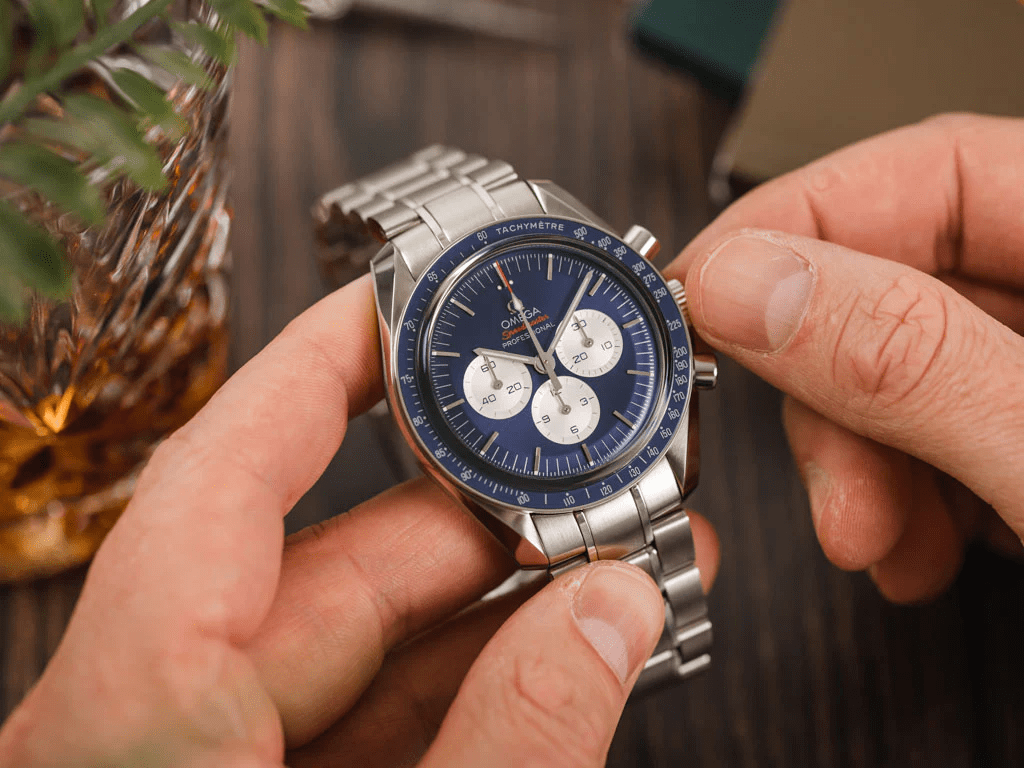
STEP 3: WIND THE CROWN UNTIL THE MECHANICAL LOCK ENGAGES
While being mindful of the gradually increasing tension of the mechanism, continue to wind the crown until you naturally cannot go any further. This signifies the mechanic lock engaging and from that point, the spring is completely wound.
STEP 4: PUSH THE CROWN BACK TO ITS NORMAL POSITION
Once you arrive at the point where the crown can no longer be wound and the lock is engaged, you can proceed to push the crown back into its normal position. Ensure you never force any parts when handling the stem or crown of a manual-winding watch. Generally speaking, manual-winding movements can run for around 40 hours with a spring that is fully wound.
Common Winding Mistakes and How To Avoid Them
One of the main mistakes you can encounter when trying to wind your hand-wound mechanical watch is overwinding the crown. There are no two ways about this – overwinding a watch can be a real problem and can cause damage to your beloved timepiece. Overwinding a watch, however, can be avoided and prevented.
The key thing to remember when winding manual-wound watches is that when you feel a gentle protest in the crown, followed by a soft stop, you should stop winding. You want to be tuned into your timepiece at this point, not winding it without care. If you wind without due care and attention, you run the risk of missing the signs completely. The stem has a maximum torque limit and can tear away from the crown.
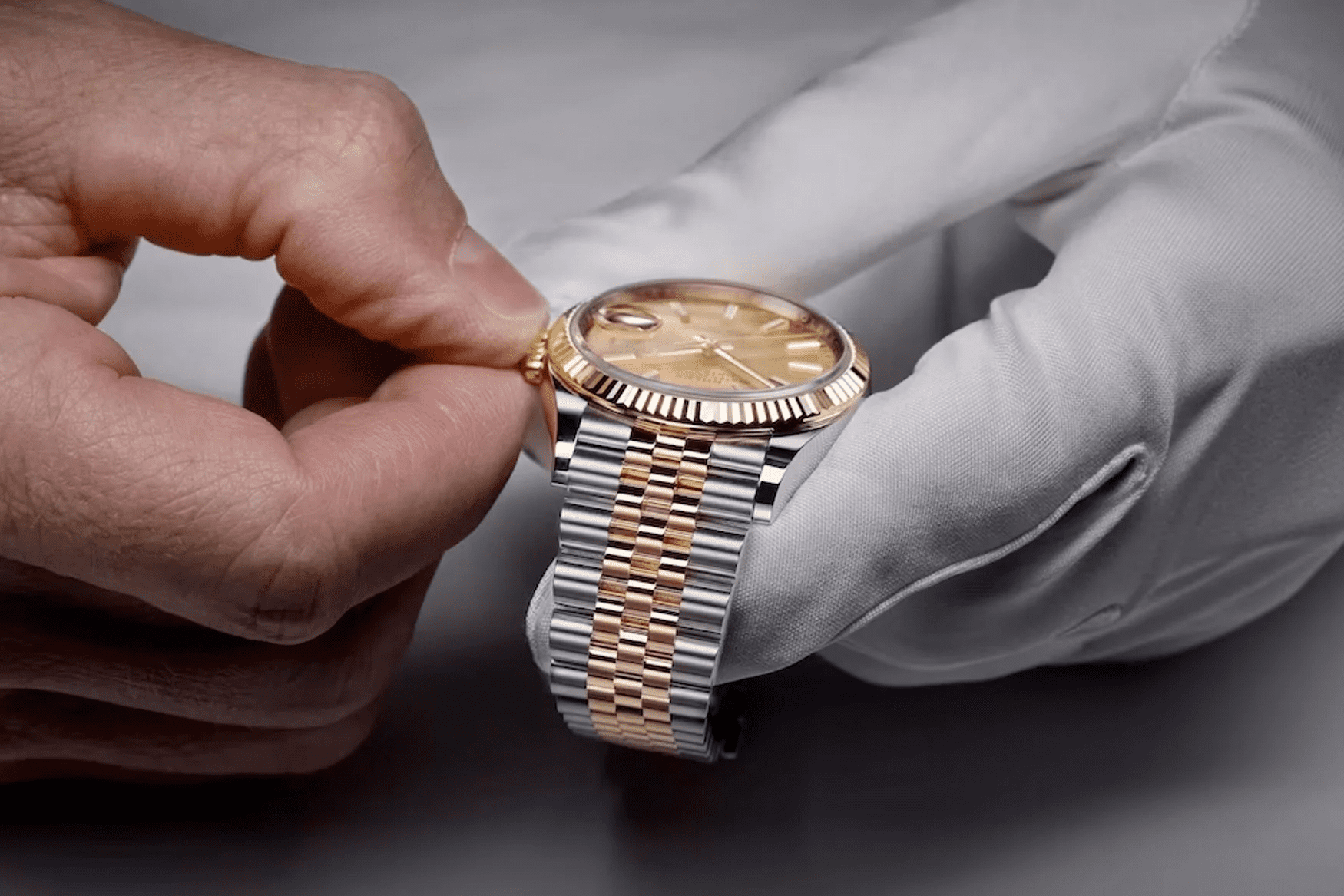
The Impact of Winding on a Watch’s Longevity and Performance
Without a doubt, keeping a manual watch regularly wound has a positive impact on its performance and longevity. Of course, it also makes sense to want to keep your watch ticking over nicely so that you avoid having to regularly reset the calendrical functions of a watch. If you own a valuable watch, you should take good care of it.
In fact, whether you own an automatic watch or a manual-winding watch, understanding the winding method is fundamental to the process of maintaining its accuracy. Especially when you consider that there will be times when an automatic watch has not been worn for a while and will still require manual winding via its crown. Mechanical watch winders are another popular option for those who own several automatic watches. They work by keeping one or several watches rotating. While this method keeps the movement active and distributes the lubricants evenly, it can also help minimise the wear on the internal components of the movement.
Our Top Picks for Manual Watches
Before we bring this guide to a close, we’ve rounded up some of our favourite manual-winding timepieces from Watches World.
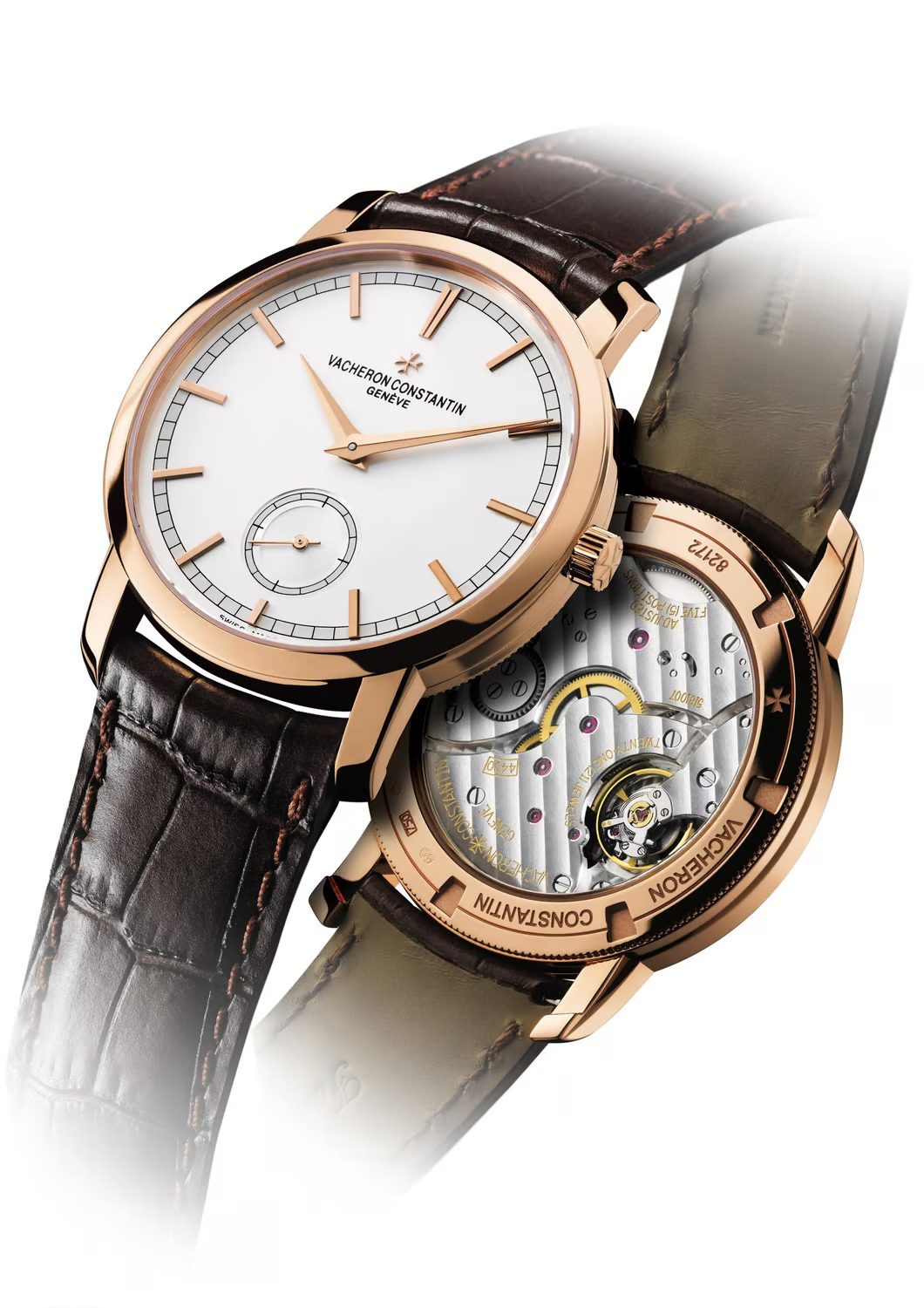
VACHERON CONSTANTIN TRADITIONNELLE MANUAL WINDING 38MM
REFERENCE : 82172/000R-9382
This Traditionnelle manual winding watch from Vacheron Constantin features the classic railroad-style minute counter that makes the collection so popular. Crafted from 18ct rose gold, the 38mm two-handed dress watch compresses the seconds into a beautifully balanced small seconds counter at 6 o’clock, meanwhile inside the case is the in-house developed manual-winding Calibre 440 AS. It offers an impressive three-day power reserve for alternating with another favourite timepiece over the duration of a weekend.
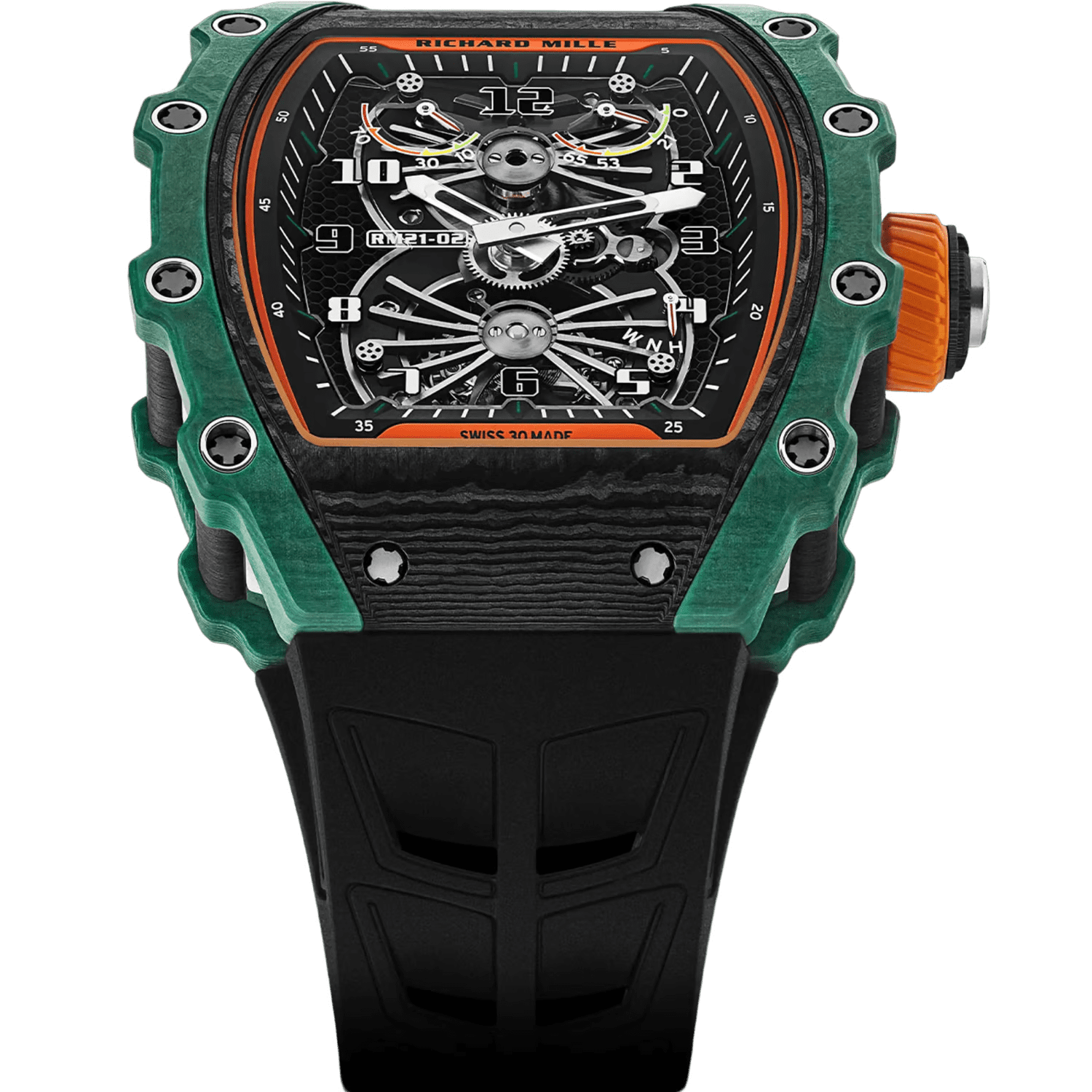
RICHARD MILLE RM 21-02 MANUAL WINDING TOURBILLON AERODYNE LIMITED EDITION
REFERENCE : RM 21-02 TI CA FQ
For an altogether sportier look, the Richard Mille RM 21-02 Tourbillon Aerodyne Limited Edition injects a splash of colour into the wrist. Its manual winding movement, encased within an architecture crafted from Carbon TPT is a tourbillon movement that features hours, minutes, a function selector, power reserve and torque indicators. The combination of deep green hues and zesty orange accents creates a vibrant and sporty frame around the unusual dial layout of this limited-edition design.
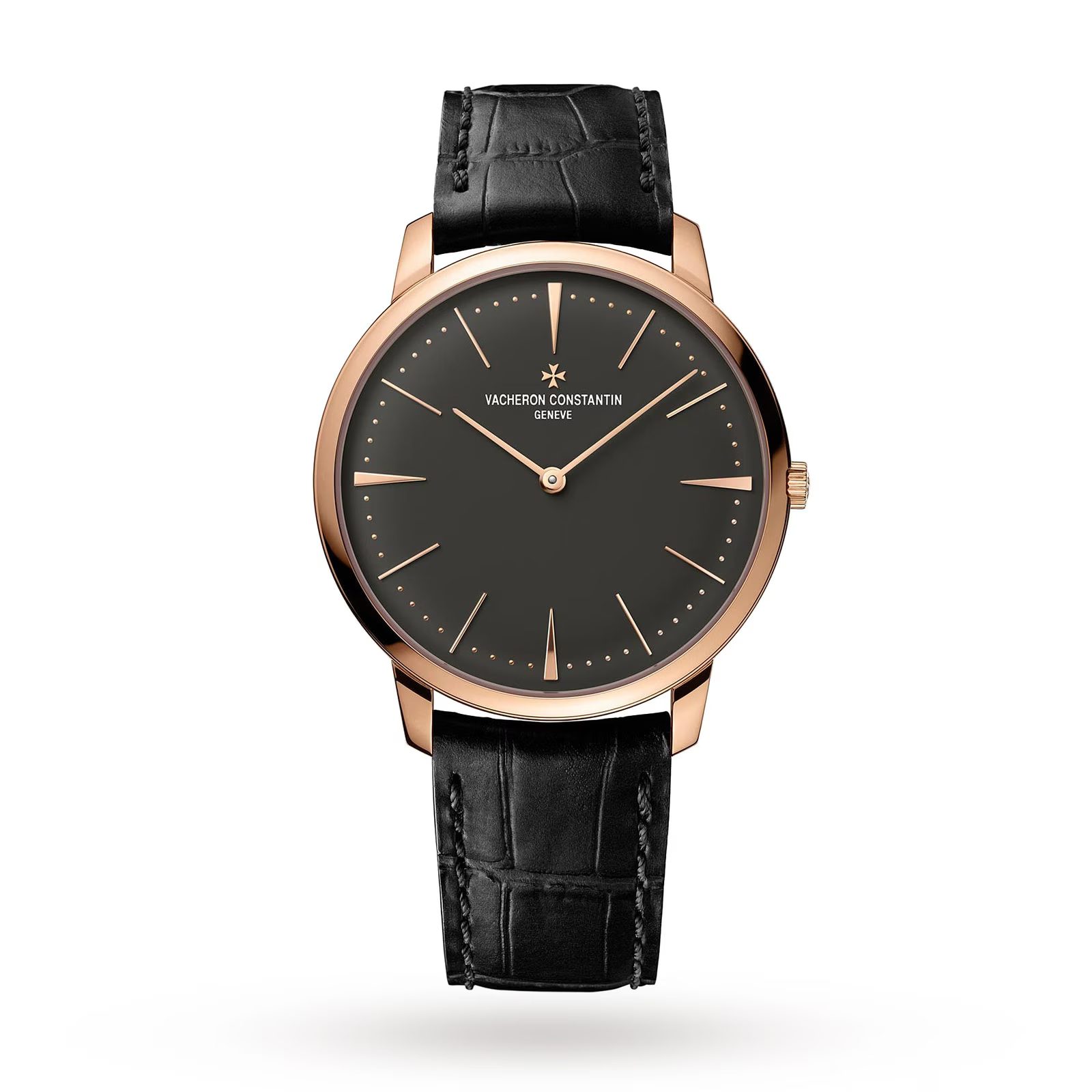
VACHERON CONSTANTIN PATRIMONY MANUAL WINDING 40MM
REFERENCE : 81180/000R-9162
The Vacheron Constantin Patrimony Manual Winding watch proves the concept that sometimes the most beautiful manual-winding watches are those that are the most simplistic in design. Able to convey the time with clarity, the delicate needle-fine hour markers in rose gold, set against a sheer black display, are a perfect match for the tones of the model’s 18ct rose gold case.
Measuring a diameter of 40mm, the Patrimony watch is compact and holds the manual winding movement within its 30-meter water-resistant case. The taut lines and curves of this manual winding watch communicate the highest level of craftsmanship. The manual-winding movement of this Patrimony watch is also showcased through a sapphire crystal glass exhibition caseback, enabling you to view the intricately crafted engine whilst it performs.
Final Thoughts
For those fascinated by micro mechanics, manually winding timepieces are the perfect companion. They differ from an automatic watch since they’re not powered by the natural motion of the wrist. Instead, one must take the time to wind the movement manually each day, connecting with the timepiece and holding out for those subtle tell-tale signs that signify when the spring is fully wound.
There are dos and don’ts to winding a manual-winding watch. Hopefully, this guide has provided you with all the knowledge you need to successfully wind your timepiece, not to mention some inspiration when searching for the next timepiece to add to your collection.


 $ (USD)
$ (USD)  £ (GBP)
£ (GBP) 


